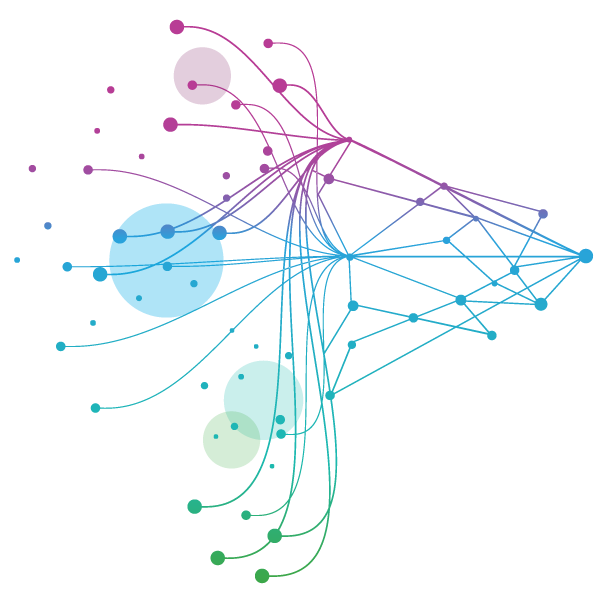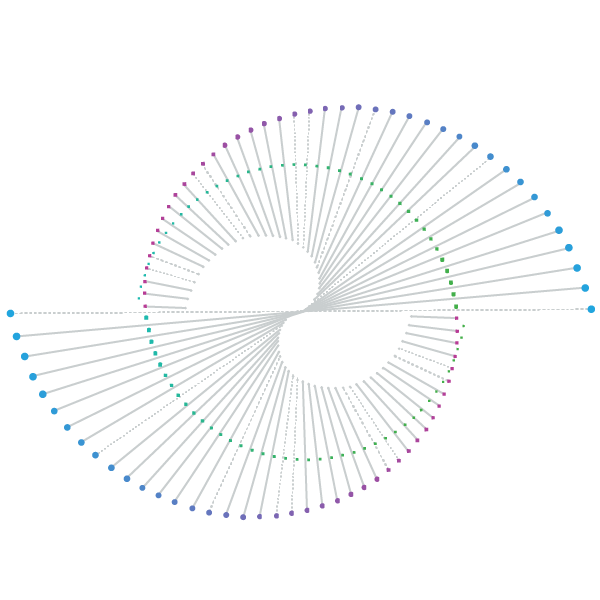Outdated compliance practices aren't viable amid evolving market and regulatory changes. IQVIA’s award-winning, end-to-end quality management system streamlines the product value chain, accelerates market entry, safeguards companies and patient safety, and meets complex regulatory demands.






















- Blogs
- Streamlining MedTech Regulatory Operations with RIM Smart: A Unified, Intelligent Approach
MedTech regulatory operations are complex by nature, spanning product registrations, license renewals, third-party vendor oversight and change control across a fragmented global landscape. The tools to manage these processes, however, are often outdated or siloed.
It is not uncommon for Regulatory Teams to manage submissions through a combination of local spreadsheets, disconnected systems and manual trackers. Health Authority correspondence may be buried in email folders, while license details are stored in PDFs or Excel logs. Application renewals frequently depend on basic calendar reminders. For organizations scaling across multiple geographies, these inefficiencies add up quickly, slowing time to market and increasing the risk of non-compliance.
Now, consider a manufacturer preparing to register a Class II orthopedic device across five global markets. Each region requires slightly different documentation formats, specific labeling guidance and localized vendor details. Without centralized oversight, teams often duplicate efforts, misalign on timelines or overlook jurisdiction-specific nuances. This is not an edge case. It is the daily reality for many MedTech companies.
What MedTech organizations need
To meet growing market expectations and compliance demands, MedTech teams need more than data storage. They need an integrated system that:
- Consolidates product registration details across markets
- Tracks license renewals and expirations
- Manages approved vendors and manufacturing authorizations
- Supports change impact analysis and application version control
Most legacy RIM tools fall short. They are often designed for pharma workflows or overly dependent on manual input and spreadsheet workarounds.
Enter RIM Smart built for MedTech complexity
IQVIA’s RIM Smart addresses these operational pain points with an intelligently connected, MedTech-tailored platform.
From a single interface, users can access everything they need, including product applications, approvals, Health Authority correspondence and lifecycle tracking, all linked and presented in context. This eliminates the need to toggle across systems, dig through email chains or reconcile conflicting files.
As shown below, each application entry contains full visibility into regional approval status, associated activities and linked submissions. Information that was once buried in disconnected trackers is now centralized in one system of record.

Global submission in seconds
Creating a new application based on existing product data for a new country takes less than 30 seconds. RIM Smart automatically carries forward key fields, regulatory classifications and supporting data. This drastically reduces duplication and supports faster, consistent global submissions.
Automated alerts and smart reporting
The dashboard is designed for action. It flags expiring licenses, provides key Health Authority status updates and offers drill-down reports on all product applications and regulatory milestones. There is no longer a need to rely on someone manually updating a renewal tracker. The system handles it in real time.
Eliminating blind spots in vendor oversight
Many MedTech companies rely on third-party manufacturers, but verifying which partners are approved for specific product SKUs is often a manual, time-consuming process. RIM Smart integrates vendor data directly into each application, making it easy to see which partners are approved, for which products, and in which markets.
Enabling agility and strategic oversight
RIM Smart is not only about avoiding regulatory gaps. It enables more agile, coordinated regulatory operations. The platform supports:
- Audit Readiness: Every action and version is traceable, supporting clean and transparent audits.
- Change Impact Analysis: Planned changes to products or processes can be evaluated across all impacted applications and jurisdictions.
- Cross-Functional Collaboration: Because it is cloud-based, global teams can access the same records, make updates in real time and avoid version control issues.
These are strategic enablers that reduce compliance risk, accelerate response times and enhance internal alignment.
A purpose-built platform for MedTech realities
RIM Smart was developed with direct input from MedTech clients who needed more than a pharmaceutical bolt-on. It reflects the operational nuances of medical device regulation, including dynamic product changes, complex vendor relationships and the need for speed without compromising traceability.
For organizations looking to modernize their regulatory infrastructure, RIM Smart offers a path forward that is centralized, streamlined and intelligent. When the cost of delays, errors or missed renewals is high, regulatory excellence becomes more than a requirement. It becomes a competitive advantage.
Ready to modernize your regulatory operations?
Learn how RIM Smart can help your team work faster, stay compliant, and scale with confidence. Explore the platform.
Related solutions
From manufacturing oversight to regulatory requirements, manage quality across your organization with a single enterprise software solution.
Meet the challenge of changing stakeholder demands and increasing cost constraints with IQVIA's integrated technology services and analytics-driven offerings.





